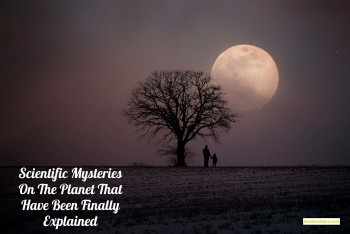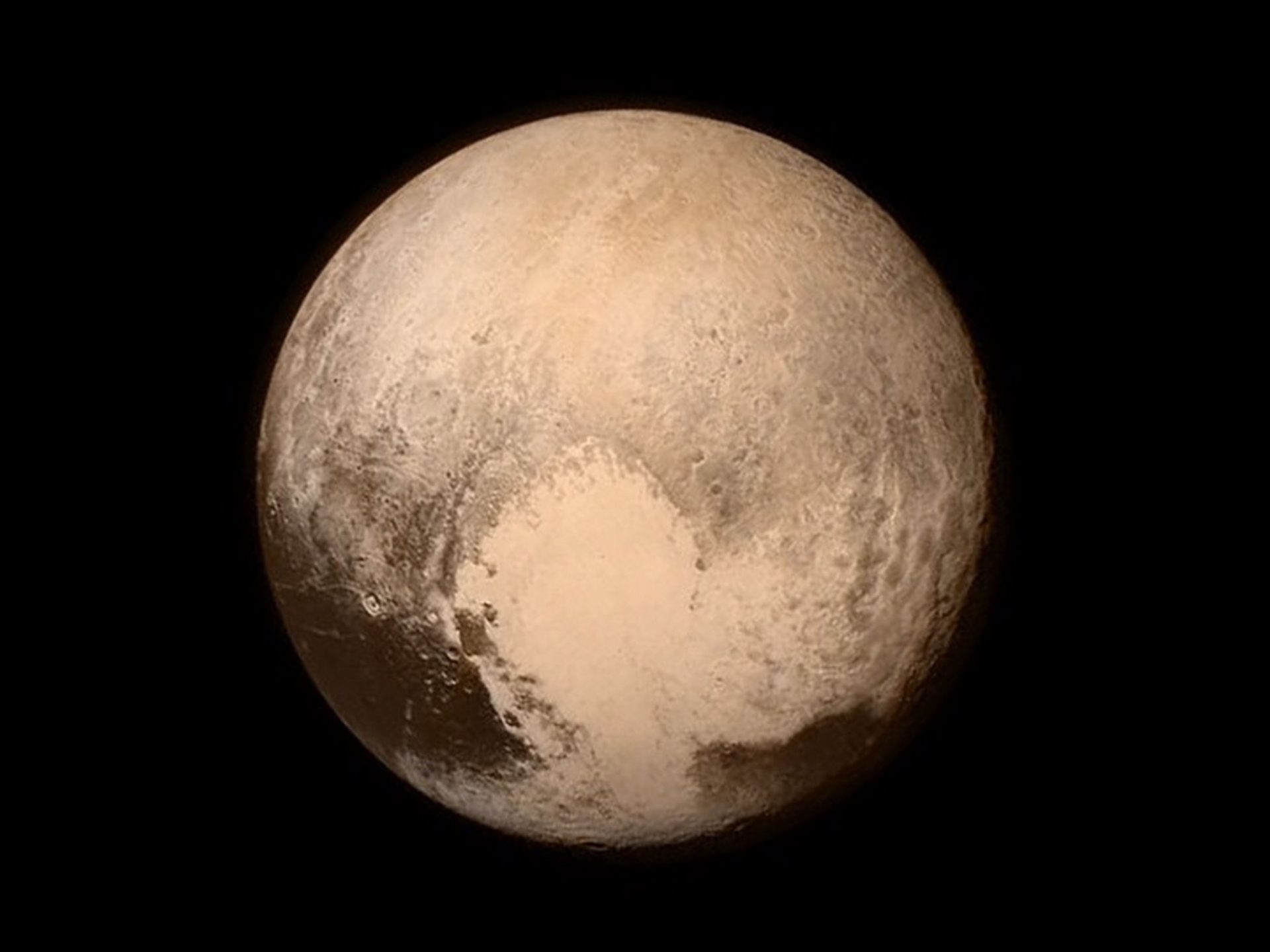17 Little-Known Facts About Pluto
Pluto's Characteristics
The dwarf planet Pluto is so far from Earth that its size and surface conditions were unknown until the New Horizons space mission flew by it in 2015. With a diameter of 1,473 miles (2,370 km), as measured by New Horizons, Pluto is less than one-fifth the size of Earth and roughly two-thirds the size of our moon.
The New Horizons spacecraft's observations of Pluto's surface revealed a number of interesting features, including mountains as tall as 11,000 feet (3,500 meters), making them similar to the Rocky Mountains on Earth. Pluto is covered in a thick layer of methane and nitrogen ice, but astronomers believe that the planet's towering mountains are built above a bedrock of water ice.
Top 17 Interesting Facts About Pluto
1. Because of Pluto's elliptical orbit, the distance between the Sun and Earth varies between 30 and 50 times that of Pluto to the Sun. As a result, the extreme seasonal changes brought on by melting and freezing processes affect the thin atmosphere of nitrogen, methane, and carbon monoxide.
2. The New Horizons spacecraft left Earth in 2006 and arrived at Pluto in 2015, traveling this distance at top speeds of more than 52,000 mph (84,000 kph).
3. Compared to Pluto, Russia has more landmass.
4. On Pluto, Sputnik Planitia, a heart-shaped region of frozen nitrogen that spans 620 miles (1,000 kilometers), is located.
5. Mercury has been on the planet for 1028 years when Pluto completes one solar orbit.
6. Pluto is only one-sixth the mass and one-third the size of the Earth's moon, respectively.
7. Pluto has five recognized moons despite having a small mass.
8. Charon, the largest moon of Pluto, is roughly half the size of Pluto.
11. Venetia Burney, who was eleven years old, suggested the name to discoverer Clyde Tombaugh, who gave the dwarf planet Pluto its name after the Roman god of the underworld.
12. With a maximum diameter of ten miles, Styx is the tiniest of Pluto's moons (16 kilometers).
13. The moon Pluto At the same rate that Pluto rotates around its axis, Charon orbits the dwarf planet. Charon would never rise or set if you were standing on Pluto's surface because it is always stable in the same location.
14. The Kuiper Belt, a ring of frozen bodies encircling the solar system, contains Pluto, which is the largest and brightest object in the belt.
15. Since the discovery of the dwarf planet Eris in 2005, Pluto has officially ceased to be a planet as of the year 2006. It is more massive even though it is slightly smaller than Pluto. As a result, the definition of a planet was altered, and Pluto was no longer included. Because researchers believed that additional planets of this size might be discovered in the future.
16. Pluto's moon Charon has a sizable dark spot near its north pole, but no one knows what it is. Therefore, they gave it the name Mordor in homage to the enigmatic, dark land from "The Lord of the Rings."
17. Pluto has only orbited the sun one-third of the time since it was discovered, which was roughly 75 years ago.
 What is the World's Smallest Prison - Interesting Facts What is the World's Smallest Prison - Interesting Facts The smallest prison on the planet is located on Sark Island in County Guernsey, England with 2 cells. This prison was built in 1856 and ... |
 Top 7 Biggest Unsolved Mysteries on the Planet of All Time Top 7 Biggest Unsolved Mysteries on the Planet of All Time The Earth has many mysteries that make us extremely surprised while scientists have not been able to explain why. Let’s discover the most mysteries phenomena ... |
 Top 10 Most Beautiful Sea Creatures on the Planet Top 10 Most Beautiful Sea Creatures on the Planet In the ocean world, there are countless beautiful creatures that not all of us have the opportunity to see firsthand. Let Knowinsiders.com discover the Top ... |
 Top 9 Scientific Mysteries on the Planet That Have Been Finally Explained Top 9 Scientific Mysteries on the Planet That Have Been Finally Explained Lost of scientific mysteries that existed for hundreds of years have been explained by human in the modern time. |
























